
G REENWOOD
C RAFTS
 A C OMPREHENSIVE G UIDE
A C OMPREHENSIVE G UIDE 
Edward Mills and Rebecca Oaks
Foreword by Mike Abbott

First published in 2012 by
The Crowood Press Ltd
Ramsbury, Marlborough
Wiltshire SN8 2HR
www.crowood.com
This e-book first published in 2014
Edward Mills and Rebecca Oaks 2012
All rights reserved. No part of this publication may be reproduced or transmitted in any form or by any means, electronic or mechanical, including photocopy, recording, or any information storage and retrieval system, without permission in writing from the publishers.
British Library Cataloguing-in-Publication Data
A catalogue record for this book is available from the British Library.
ISBN 978 1 84797 725 0
All photographs are by Edward Mills and Rebecca Oaks, except where indicated.
All diagrams are by Rebecca Oaks.
Disclaimer
Chainsaws. lathes and many other tools used in greenwood crafts, coppicing and the coppice trades are potentially dangerous. All chain saws and other tools and equipment used in greenwood crafts and in coppicing work should be used in strict accordance with both current health and safety regulations and the manufacturers instructions. The authors and the publisher do not accept any responsibility in any manner whatsoever for any error or omission, or any loss, damage, injury, adverse outcome, or liability of any kind incurred as a result of the use of the information contained in this book, or reliance upon it. If in doubt about any aspect of the greenwood crafts or coppicing, readers are advised to seek professional advice.
Acknowledgements
EJM
I offer my thanks to the numerous people who have helped with advice, comments and images, and for taking the time to host visits and explain their craft in detail, including Alan Waters, Charlie Whinney, Edward Acland, Ian Taylor, James Mitchell, Jerry Hawe, John Sinclair, Jonathan Ridgeon, Mark Allery, Maurice Pyle, Michael Somers, Owen Jones, Robin and Chris Tuppen, Roger Day, Sean Hellman, Stan, Steve Tomlin, Toni Brannon, Tony Morgan and the staff at Gray Nicolls. I would like to thank colleagues at Cumbria Woodlands for their support while I wasnt in the office, and especially my family for being patient while I have been tucked away in my study hogging the computer. I owe a debt of gratitude for the inspiration of all the greenwood workers who have amazed me with their skill, knowledge, patience and creativity.
RO
I would like to thank all our very many colleagues that have generously given their time to make this book possible. In particular our colleagues in the Coppice Association North West and the Bill Hogarth MBE Memorial Apprenticeship Trust, namely, Sam Ansell, Mike Carswell, Brian Crawley, Kath and Tony Morgan, Twiggy, Lorna Singleton, Sue Swatridge, Lesley Edkins, Matt Turley, Vicky Naylor. Thanks to the many contributors who were very obliging in giving us their time; Robin Wood, Lawrence Neal, Dave Jackson, Gudrun Leitz, Mike Abbott, Isis Rowan, Phil Bradley, Gerwyn Lewis, Joe Hogan, Elizabeth Cadd, Sheila Wynter. My family, especially my mother who has been an inspiration to me, my sister Catherine who put me up when I was out on field trips, my partner Amanda for her endless support. Thanks to Edward for being such an easygoing collaborator. Thanks to our proofreaders Helen Shacklady, Lynne Alexander and Sandy Donnelly.
We should also like to thank the publisher, The Crowood Press, for their advice and support.
Dedication
It has been two short years since we dedicated our last book Coppicing and Coppice Crafts to the memory of the great craftsman Colin Simpson, who would have been willing and able to add so much depth of knowledge to the subject of greenwood crafts. It is with sadness that now we honour the memory of yet more of the greats of the woodland scene in Cumbria. Alan Shepley who worked tirelessly to raise awareness of woods and woodlands, Stella Kenyon who helped keep swill baskets going in the region, Bill Airey, perhaps the very last of the old coppicemen of the Lake District, Rupert Hoskinson who had only just begun to find his niche and Arthur Barker who championed the pole lathe, long before others had rediscovered the pleasure it can bring. We can only aspire to match them in their skills and enthusiasm for all things woody and hope that by remembering them their work lives on.
Foreword
I was fortunate to grow up next to a woodland and like many children in the 1950s, I spent my childhood carving sticks, building dens and generally playing about with bits of wood. I had no idea at the time that by taking these activities just a little further I would have been able to create a range of items such as spoons, bowls or even chairs. Not until I reached the age of twenty-six, did I fall upon Herbert Edlins book Woodland Crafts in Britain, which documented a wide range of crafts before they died out forever. It was like having grown up believing that all fruit and vegetables came from the supermarket, and then being presented with a book about organic gardening.
After a dozen years practising these skills, I was given the opportunity to write my own book on the subject, this time as a practical handbook of techniques for the present day. It was never intended to be a manual for professional furniture production any more than a book on vegetable gardening is aimed at professional market gardeners. I just wanted to help people to experience the fulfillment that can come from working with green wood using simple hand tools.
Over two decades later, Greenwood Crafts now comes as a welcome addition to the remarkably small number of books on the subject. Throughout the following pages, it describes numerous examples of people successfully earning a living in a wide range of green woodwork skills. I hope it will go on to inspire a new generation to experience the delights of green woodwork either as a fulfilling hobby or indeed as a viable career.
Mike Abbott, Greenwood Cottage,
Herefordshire, March 2012
Chapter 1
An Introduction to Greenwood
We have such a rich tradition of crafts in Britain and of woodcrafts in particular. There was a time when every village or hamlet had a carpenter or woodworker who could make any basic furniture needed in their locality. Moreover the home production of household wooden items was so taken for granted that it hardly even merits a mention in historical documents.
Consider for a moment the extent of skill and creativity that this mass production of every-day objects represents. The universality of wooden items should not lead us to devalue the widespread ability in the past to make something useful from a piece of wood, and it is this collective memory of an almost lost facility that draws us to take knife to wood and start whittling.
There is no doubt that the disaster of the 191418 war hastened the de-skilling of Britains working population. The loss of a generation of young men broke the continuity of skills and the supply chain of materials. Robin Wood, a talented craftsman who set up the Heritage Crafts Association, laments the loss of the terminology with which a furniture maker would discuss his timber requirements with the forester. This vocabulary describing the different states of seasoning of wood may have rivalled the famed variety of Icelandic words for snow.
Next page
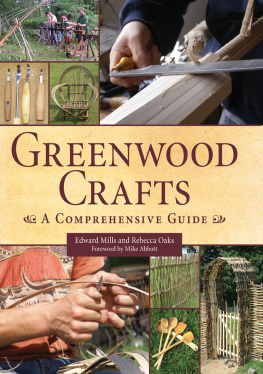


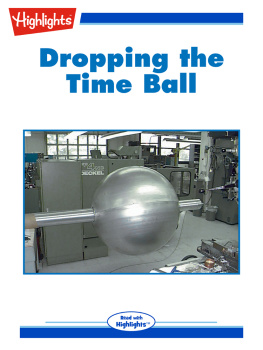

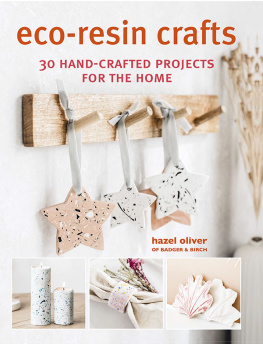

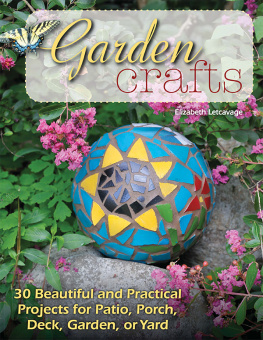

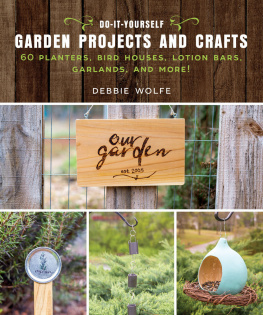

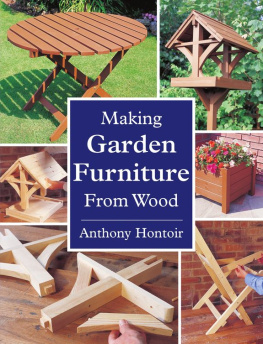


 A C OMPREHENSIVE G UIDE
A C OMPREHENSIVE G UIDE 
